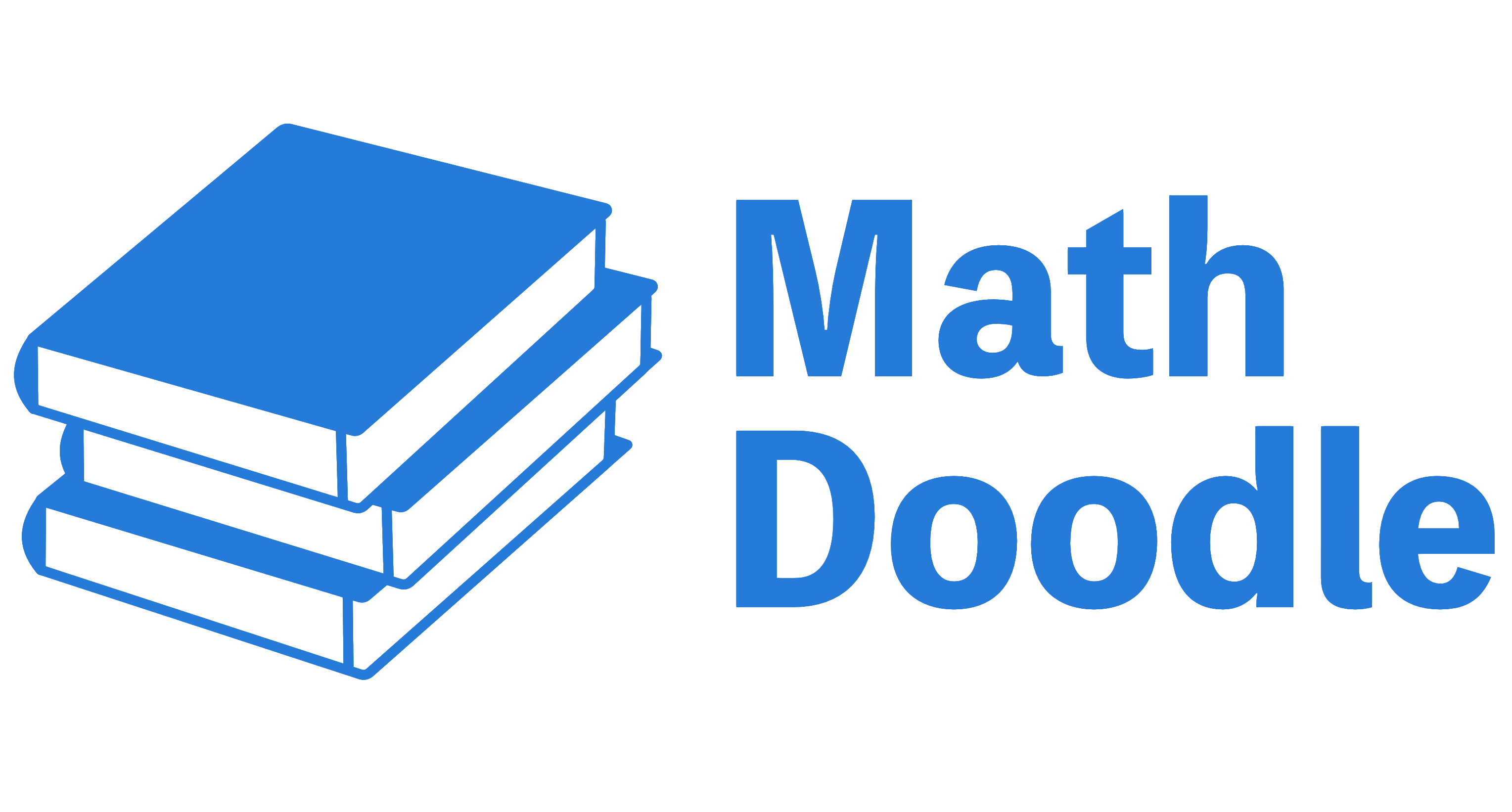
Coming in 2023/2024
We will classify triangles and identify corresponding parts of congruent triangles. We will also apply the Angle Sum Theorem and the Exterior Angle Theorem and use properties of isosceles and equilateral triangles.
- Classifying Triangles
- Angles of Triangles
- Congruent Triangles
- Proving Congruence – SSS, SAS
- Proving Congruence – ASA, AAS
- Isosceles Triangles
- Triangles and Coordinate Proof
We will identify and use perpendicular bisectors, angle bisectors, medians, and altitudes of triangles. We will also apply properties of inequalities relating to the measures of angles and sides of triangles.
- Bisectors, Medians, and Altitudes
- Inequalities and Triangles
- Indirect Proof
- The Triangle Inequality
- Inequalities Involving Two Triangles
We will identify similar polygons and use ratios and proportions to solve problems. We will also recognize and use proportional parts, corresponding perimeters, altitudes, angle bisectors, and medians of similar triangles to solve problems.
- Proportions
- Similar Polygons
- Similar Triangles
- Parallel Lines and Proportional Parts
- Parts of Similar Triangles
- Fractals and Self-Similarity
We will solve problems using the geometric mean, the Pythagorean Theorem, and its converse. We will also use trigonometric ratios to solve right triangle problems.
- Geometric Mean
- The Pythagorean Theorem and Its Converse
- Special Right Triangles
- Trigonometry
- Angles of Elevation and Depression
- The Law of Sines
- The Law of Cosines
We will investigate the interior and exterior angles of polygons and recognize and apply the properties of parallelograms. We will also recognize and apply the properties of rectangles, rhombi, squares, and trapezoids.
- Angles of Polygons
- Parallelograms
- Tests for Parallelograms
- Rectangles
- Rhombi and Squares
- Trapezoids
- Coordinate Proof with Quadrilaterals
We will identify parts of a circle and solve problems involving circumference. We will also find measures of angles and segments in a circle and write the equation of a circle.
- Circles and Circumference
- Angles and Arcs
- Arcs and Chords
- Inscribed Angles
- Tangents
- Secants, Tangents, and Angle Measures
- Special Segments in a Circle
- Equations of Circles
We will find areas of parallelograms, triangles, rhombi, trapezoids, regular polygons, and circles. We will also find geometric probability and areas of sectors and segments of circles.
- Areas of Parallelograms
- Areas of Triangles, Trapezoids, and Rhombi
- Areas of Regular Polygons and Circles
- Areas of Irregular Figures
- Geometric Probability
We will find the lateral areas and surface areas of prisms, cylinders, pyramids, and cones. We will also find the surface areas of spheres and hemispheres.
- Three-Dimensional Figures
- Nets and Surface Area
- Surface Areas of Prisms
- Surface Areas of Cylinders
- Surface Areas of Pyramids
- Surface Areas of Cones
- Surface Areas of Spheres













